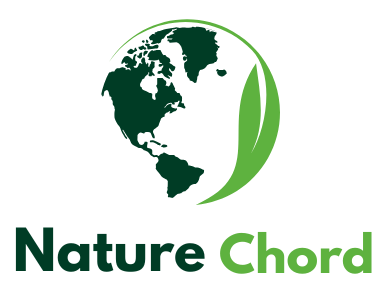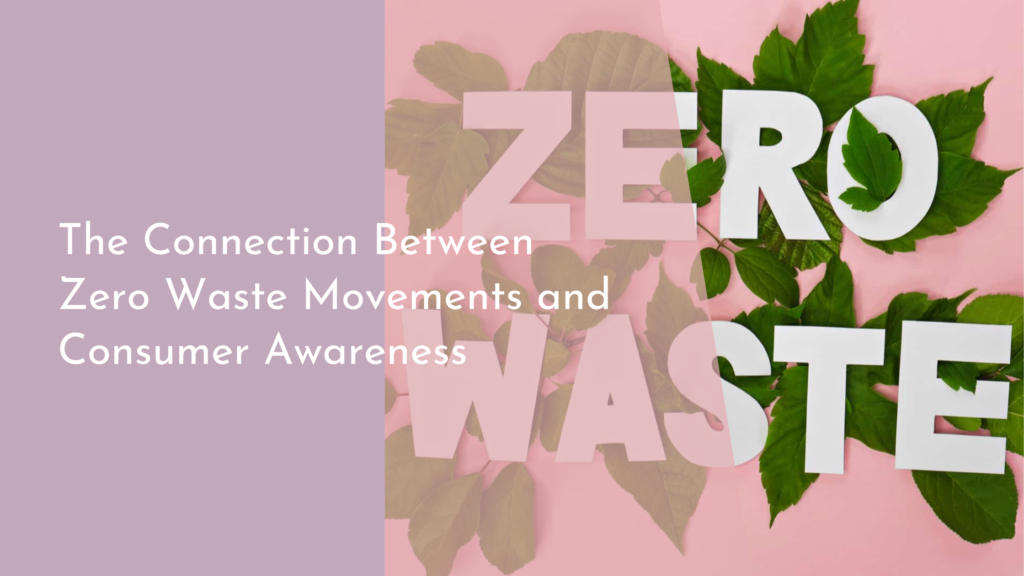Urban Forestry and Renewable Energy Integration
Urban areas are often characterized by concrete jungles, yet an increasing movement is pushing for greener cities through urban forestry. This approach not only beautifies our surroundings but also plays a crucial role in enhancing urban resilience against climate change. As cities strive to become more sustainable, integrating urban forestry with renewable energy presents a unique opportunity to unlock the potential of nature in urban landscapes. This article will explore the relationship between urban forestry and renewable energy, shedding light on how they can complement each other to create healthier, happier communities.
Unlocking Nature’s Potential: Urban Forestry Explained
Urban forestry involves the management and care of trees and green spaces within cities. It aims to optimize the benefits that trees provide, such as improved air quality, reduced urban heat, and increased biodiversity. Urban forests can take many forms, from street trees lining the sidewalks to community parks and green roofs. These natural assets not only enhance the aesthetic value of urban environments but also deliver critical ecosystem services that improve residents’ quality of life.
Moreover, urban forestry plays a vital role in climate adaptation and mitigation. Trees capture carbon dioxide, helping to lower greenhouse gas emissions, and they provide shade, thereby reducing the urban heat island effect. As cities experience more extreme weather patterns, urban forests act as natural buffers, absorbing rainwater and preventing flooding. By fostering a deeper connection between urban residents and nature, urban forestry empowers communities to advocate for sustainable practices and policies.
The Bright Future of Renewable Energy in Cities
Renewable energy is rapidly transforming urban landscapes as cities seek to reduce their carbon footprints and transition towards a sustainable future. Innovations in solar, wind, and geothermal energy are becoming increasingly accessible and affordable, allowing municipalities to harness clean energy sources. This shift not only contributes to energy independence but also stimulates local economies by creating green jobs and opportunities in the renewable energy sector.
As cities embrace renewable energy options, they are discovering the potential for synergy with urban forestry initiatives. For instance, solar panels can be installed on rooftops and green spaces, optimizing land use while minimizing the impact on natural habitats. Additionally, well-planned urban forests can help mitigate energy demand by lowering temperatures and reducing the need for air conditioning. These advancements underscore the idea that a greener, cleaner future is within reach when urban forestry and renewable energy are aligned.
Greener Cities: How Trees and Energy Work Together
When integrated thoughtfully, urban forestry and renewable energy can work hand-in-hand to create healthier and more resilient cities. Trees provide shade and cooling, which can significantly reduce energy consumption for air conditioning in residential and commercial buildings. Research has shown that strategically placed trees can lower cooling costs by up to 30%, leading to substantial energy savings for city residents and businesses alike. This symbiotic relationship not only benefits the environment but also enhances economic efficiency.
Furthermore, urban forests can serve as sites for renewable energy technologies. For example, solar installations can be designed to coexist with tree canopies, utilizing vertical space while ensuring that trees continue to thrive. Community engagement in urban forestry projects can also create awareness about renewable energy, inspiring citizens to adopt sustainable practices in their daily lives. By fostering collaboration between urban planners, energy providers, and community members, cities can create green spaces that serve multiple purposes, ensuring that both trees and renewable energy initiatives flourish together.
Celebrating Success: Urban Forestry and Energy Innovations
Many cities worldwide are already reaping the rewards of integrating urban forestry with renewable energy initiatives. For example, cities like Sydney and San Francisco have seen remarkable improvements in air quality and energy efficiency through the implementation of urban forestry programs alongside solar energy projects. These cities have committed to increasing their tree canopy cover while simultaneously investing in clean energy sources, resulting in healthier urban environments and a more sustainable future.
In addition to these successful models, community-driven innovations are blossoming across urban landscapes. Local organizations are organizing tree-planting events that coincide with renewable energy workshops, empowering residents to take part in both greening their neighborhoods and understanding the importance of sustainable energy. By celebrating these successes and sharing best practices, cities can inspire others to follow suit, paving the way for a collective movement towards greener, more vibrant urban ecosystems.
As we navigate the challenges of urbanization and climate change, the integration of urban forestry and renewable energy offers a path towards a brighter, more sustainable future for our cities. By recognizing the invaluable role that trees play in enhancing urban environments and supporting renewable energy initiatives, we can develop strategies that benefit both people and the planet. Let’s embrace this natural synergy and work together to cultivate greener cities, ensuring that generations to come enjoy the beauty and benefits of urban forestry and renewable energy. Together, we can unlock nature’s potential and cultivate a vibrant future for all.

